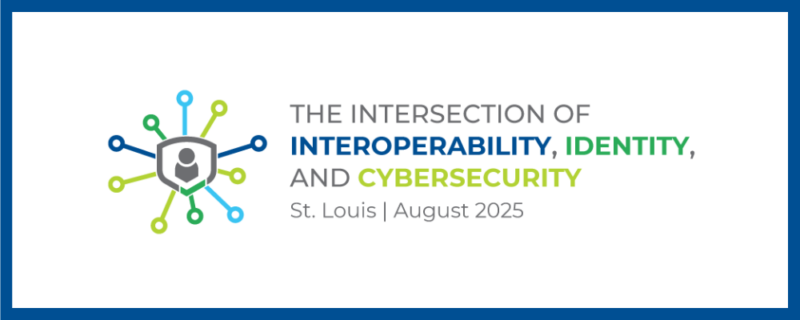Globally, about 4.5 million individuals succumb to traumatic injuries annually, often due to severe blood loss.
Administering tranexamic acid early can mitigate excessive bleeding by impeding blood clot breakdown. However, as this drug may induce adverse effects unnecessarily, precise patient selection based on objective criteria is crucial.
In a recent Critical Care publication, Osaka University researchers tackled this challenge by identifying trauma patient subgroups that could benefit most from tranexamic acid treatment. They discerned these subgroups by analyzing shared characteristics, termed phenotypes.
Lead author Jotaro Tachino elaborated, “We identified eight distinct trauma phenotypes and assessed the efficacy of tranexamic acid treatment across these groups.” They observed notably lower in-hospital mortality rates among certain patient subgroups receiving tranexamic acid, while others derived no advantage from the treatment.
Leveraging a machine learning model, the team categorized trauma patients into these subgroups. Analyzing data from over 50,000 patients in the Japan Trauma Data Bank, they discerned patterns correlating trauma, treatment, and survival.
The study revealed a correlation between trauma phenotypes and in-hospital mortality, suggesting that tranexamic acid treatment could influence this relationship.
The researchers emphasized the heterogeneous nature of trauma patients, whose injuries vary widely in type and severity, making individual treatment efficacy prediction challenging. They anticipate their findings will facilitate personalized care for trauma patients and enhance overall treatment quality.
Given the significant toll of traumatic injuries, strategies enhancing survival are paramount. This research represents a pivotal advancement in optimizing tranexamic acid utilization among trauma patients.
–


























